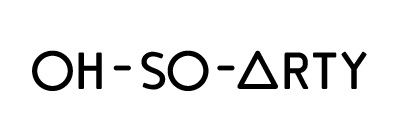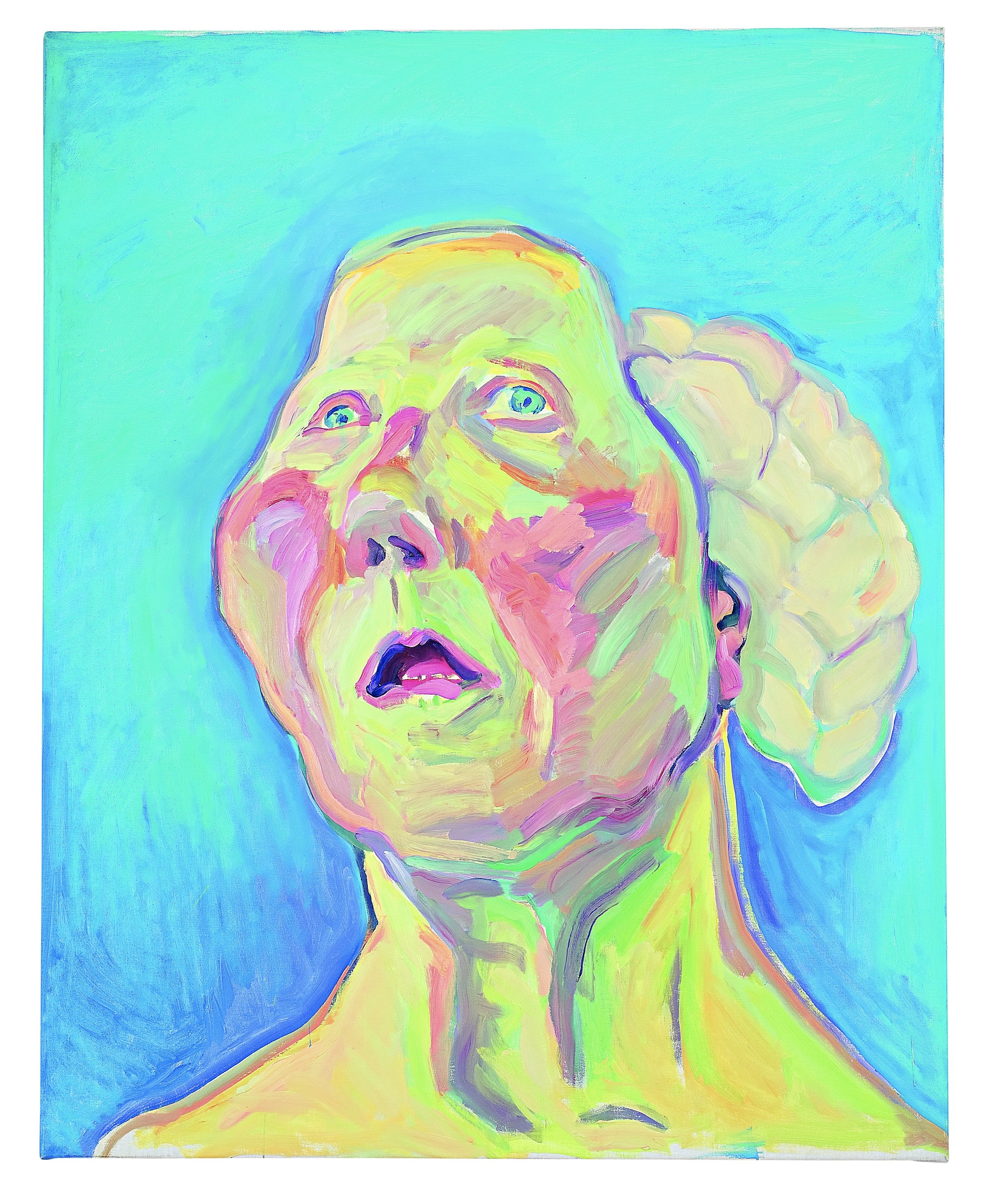I.
Exhibition title: Warsaw Gallery Weekend
Venue: 26 Warsaw Galleries
Dates: 22 - 24 September
Thanks to the Warsaw Gallery Weekend, September is an intense time for galleries in the city. For the seventh time, this important event opens the art season in the capital. More than twenty galleries are open for talks with curators, owners and artists. The event program is complemented by meetings, debates and curatorial tours organized in partnership with institutional partners.
This year many young and new galleries are invited to the event. I am already looking forward to see Wilhelm Sasnal at Foksal Gallery Foundation, Katarzyna Przezwańska at Dawid Radziwszewski Gallery and Odile Bernard Schroeder at Pole Magnetyczne.
I. photo by Jakby Ceran
II.
Exhibition title: Maria Lassnig
Venue: Zachęta — National Gallery of Art
Dates: Until 15 October, 2017
Zachęta presents the first retrospective in Poland of one of the most original painters of the twentieth century, Maria Lassnig (1919–2014, Austria).
Featuring large scale paintings that reveal her long standing exploration of the body and self-representation the exhibition spans her career; from work made during the 1940s in Vienna, periods spent in Paris and New York, her return to Austria in 1980 and paintings made in the final years of Lassnig's life.
III.
Exhibition title: OSKAR AND ZOFIA HANSEN. OPEN FORM
Venue: Museum of Modern Art in Warsaw
Dates: 15 September – 29 October, 2017
The exhibition of Oskar and Zofia Hansen’s legacy showcases various aspects of the Open Form theory, which was the axis of their architectural, artistic and educational work. According to Hansen the mission of architecture should be showcasing people and the richness of their daily activity in space. Architecture should highlight subjectivity and create a framework for individual expression, become an instrument that can be used and transformed by its users and that can easily adapt to their changing needs.












